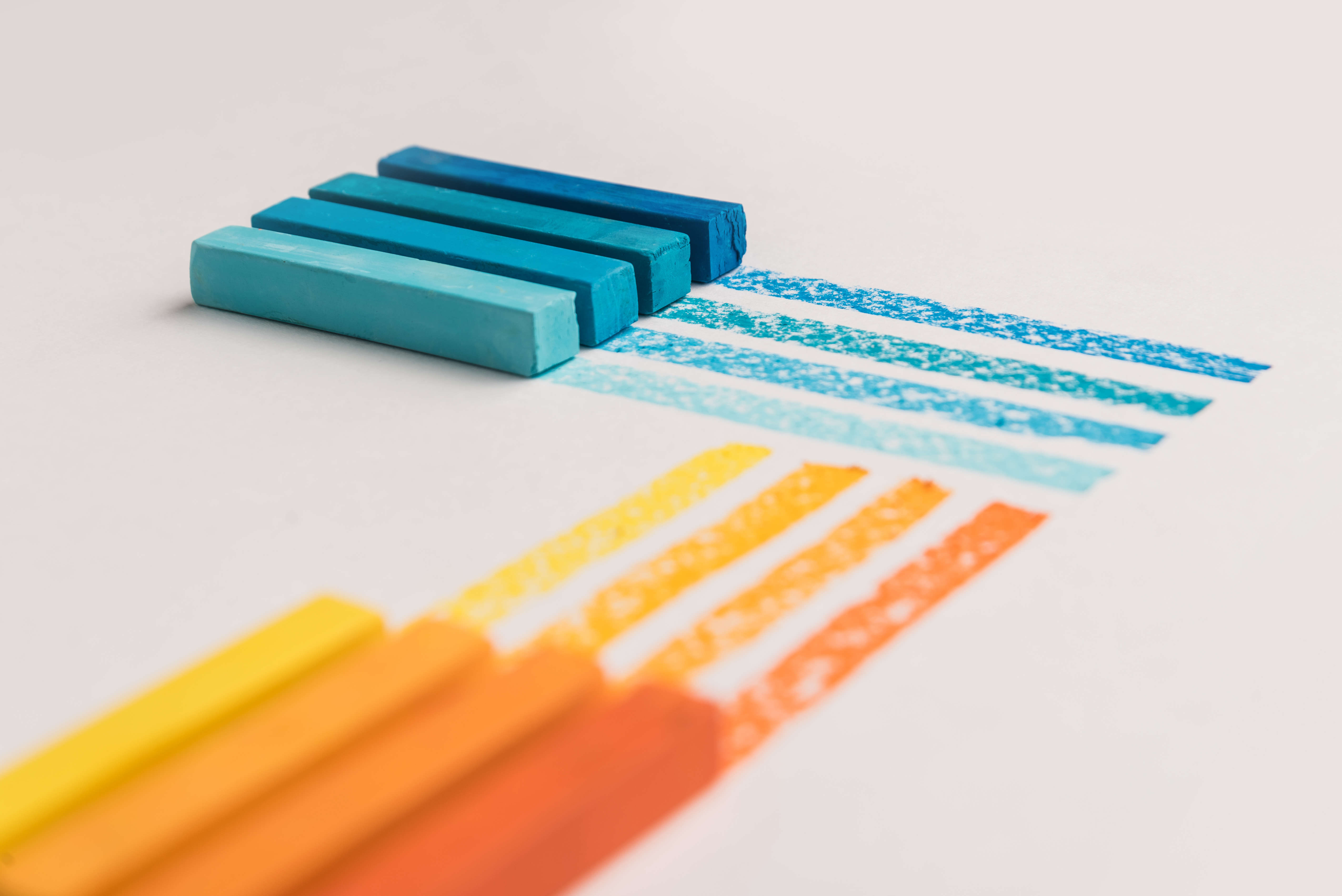We found 3 results that contain "medical record"
Posted on: #iteachmsu



Posted by
5 months ago

When to contact a doctor
A person should seek medical help if they have back pain:
that does not improve with rest
after an injury or fall
with weakness
with tingling or “pins and needles”
with unexplained weight loss
If any of the following occur alongside the pain, seek medical attention immediately:
fever
incontinence
sudden difficulty urinating or having bowel movements
numbness anywhere in the body
a lump or swelling on the back
A person should seek medical help if they have back pain:
that does not improve with rest
after an injury or fall
with weakness
with tingling or “pins and needles”
with unexplained weight loss
If any of the following occur alongside the pain, seek medical attention immediately:
fever
incontinence
sudden difficulty urinating or having bowel movements
numbness anywhere in the body
a lump or swelling on the back
Justice and Belonging
Posted on: #iteachmsu



Posted by
4 months ago

The IoT-Based Smart Farming Cycle
The core of IoT is the data you can draw from things and transmit over the internet. To optimize the farming process, IoT devices installed on a farm should collect and process data in a repetitive cycle that enables farmers to react quickly to emerging issues and changes in ambient conditions. Smart farming follows a cycle similar to this one:
1. Observation . Sensors record observational data from the crops, livestock, soil, or atmosphere.
2. Diagnostics. The sensor values are fed to a cloud-hosted IoT platform with predefined decision rules and models—also called "business logic"—that ascertain the condition of the examined object and identify any deficiencies or needs.
3. Decisions . The user and/or the machine learning-driven components of the IoT platform assess the revealed issues to decide if location-specific treatment is necessary.
4. Action . After end-user evaluation and action, the cycle repeats from the beginning.
The core of IoT is the data you can draw from things and transmit over the internet. To optimize the farming process, IoT devices installed on a farm should collect and process data in a repetitive cycle that enables farmers to react quickly to emerging issues and changes in ambient conditions. Smart farming follows a cycle similar to this one:
1. Observation . Sensors record observational data from the crops, livestock, soil, or atmosphere.
2. Diagnostics. The sensor values are fed to a cloud-hosted IoT platform with predefined decision rules and models—also called "business logic"—that ascertain the condition of the examined object and identify any deficiencies or needs.
3. Decisions . The user and/or the machine learning-driven components of the IoT platform assess the revealed issues to decide if location-specific treatment is necessary.
4. Action . After end-user evaluation and action, the cycle repeats from the beginning.
Disciplinary Content
Posted on: Smoke test group : What is Smart Farming? It's The Future of Agriculture -- edited


Posted by
5 months ago
The IoT-Based Smart Farming Cycle
The core of IoT is the data you can draw from things and transmit over the internet. To optimize the farming process, IoT devices installed on a farm should collect and process data in a repetitive cycle that enables farmers to react quickly to emerging issues and changes in ambient conditions. Smart farming follows a cycle similar to this one:
1. Observation . Sensors record observational data from the crops, livestock, soil, or atmosphere.
2. Diagnostics. The sensor values are fed to a cloud-hosted IoT platform with predefined decision rules and models—also called "business logic"—that ascertain the condition of the examined object and identify any deficiencies or needs.
3. Decisions . The user and/or the machine learning-driven components of the IoT platform assess the revealed issues to decide if location-specific treatment is necessary.
4. Action . After end-user evaluation and action, the cycle repeats from the beginning.
The core of IoT is the data you can draw from things and transmit over the internet. To optimize the farming process, IoT devices installed on a farm should collect and process data in a repetitive cycle that enables farmers to react quickly to emerging issues and changes in ambient conditions. Smart farming follows a cycle similar to this one:
1. Observation . Sensors record observational data from the crops, livestock, soil, or atmosphere.
2. Diagnostics. The sensor values are fed to a cloud-hosted IoT platform with predefined decision rules and models—also called "business logic"—that ascertain the condition of the examined object and identify any deficiencies or needs.
3. Decisions . The user and/or the machine learning-driven components of the IoT platform assess the revealed issues to decide if location-specific treatment is necessary.
4. Action . After end-user evaluation and action, the cycle repeats from the beginning.
